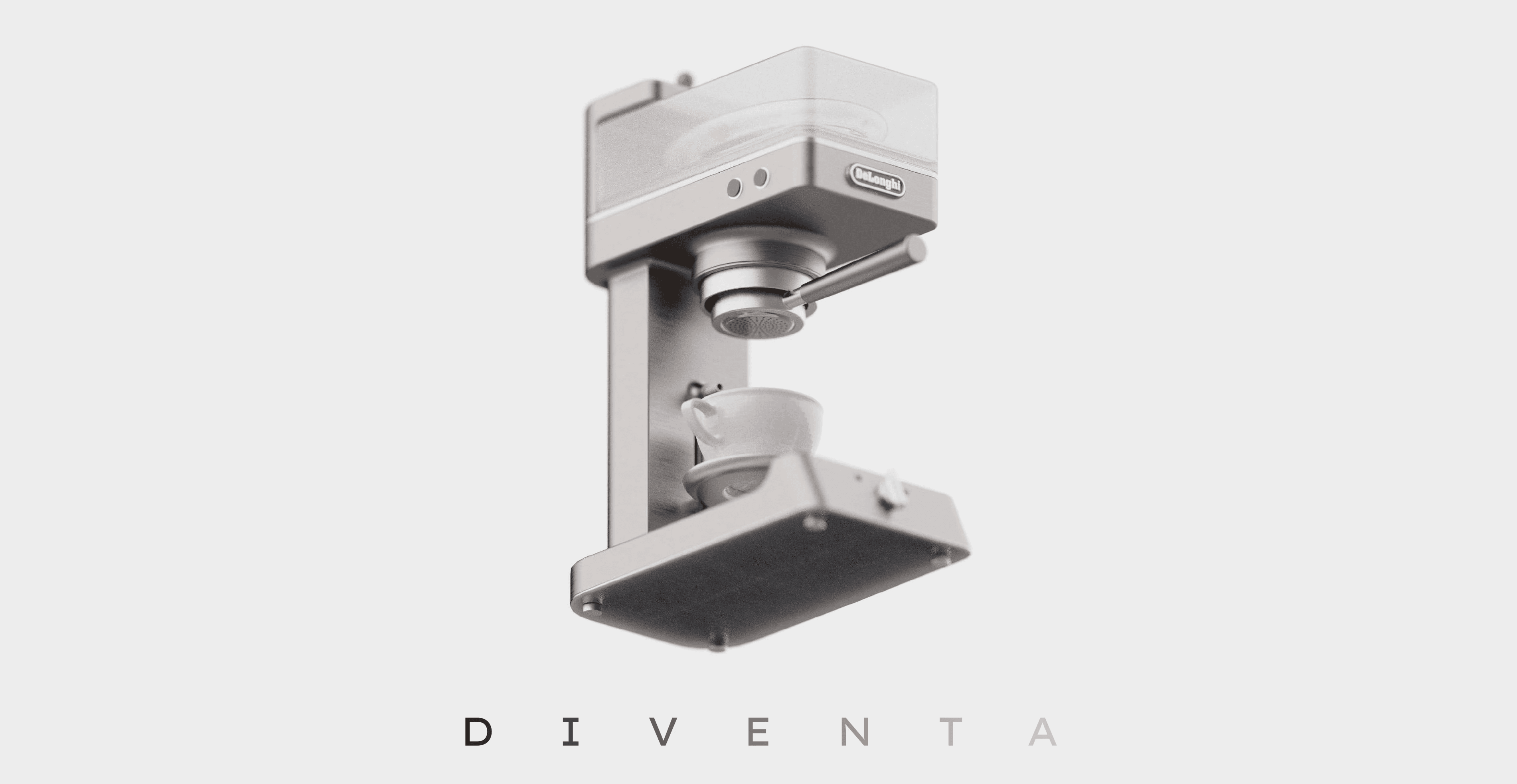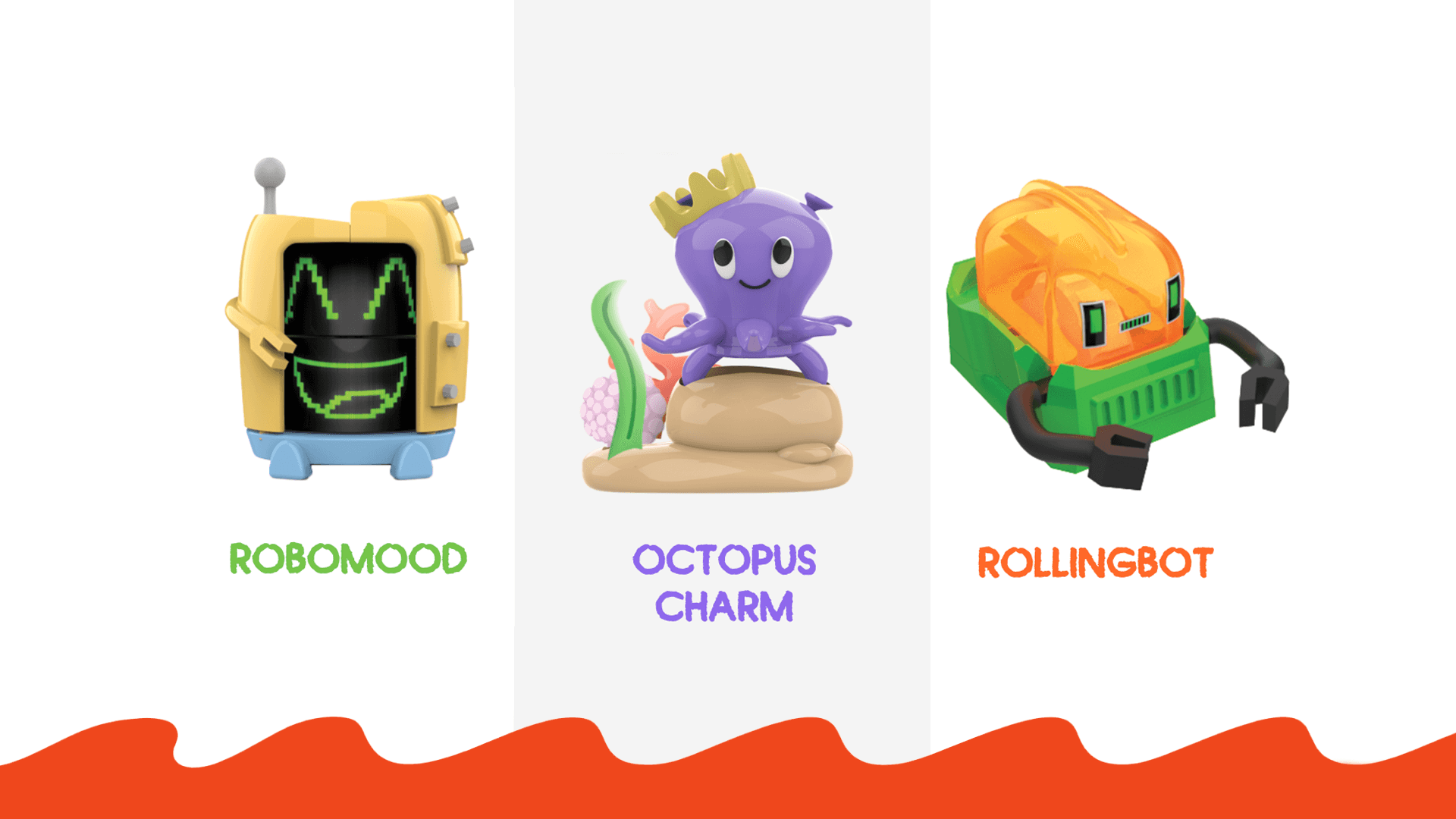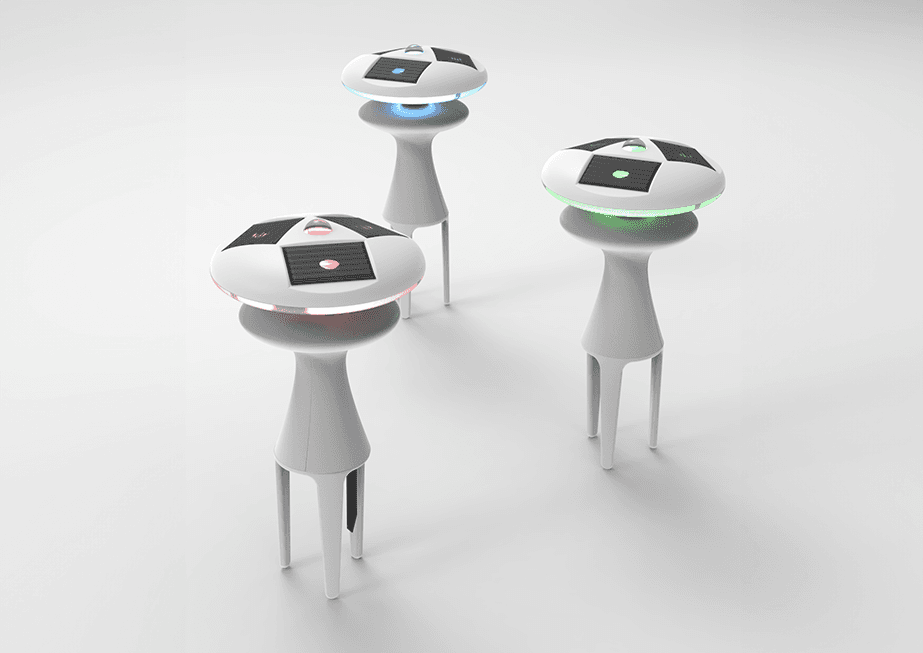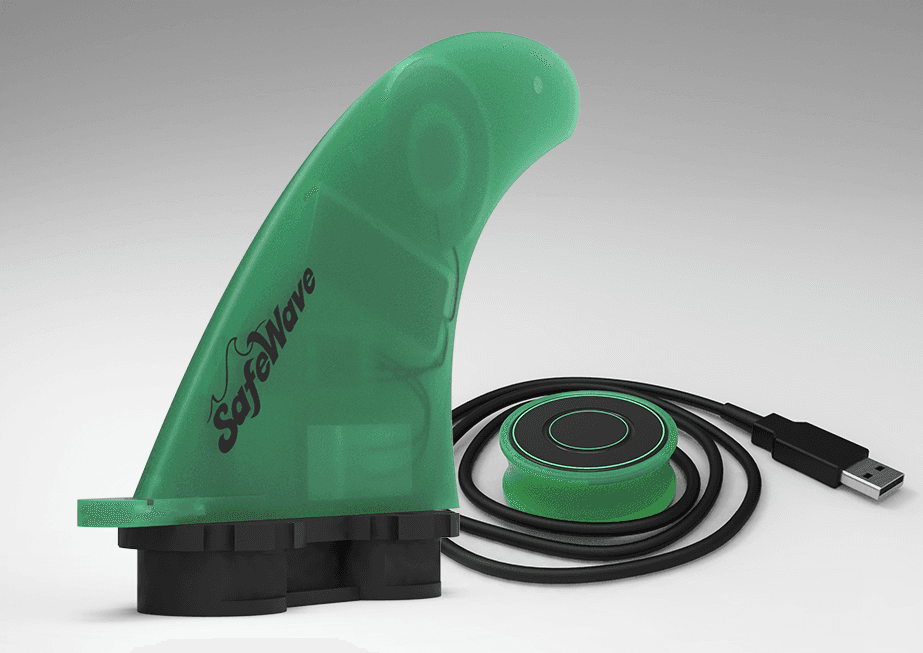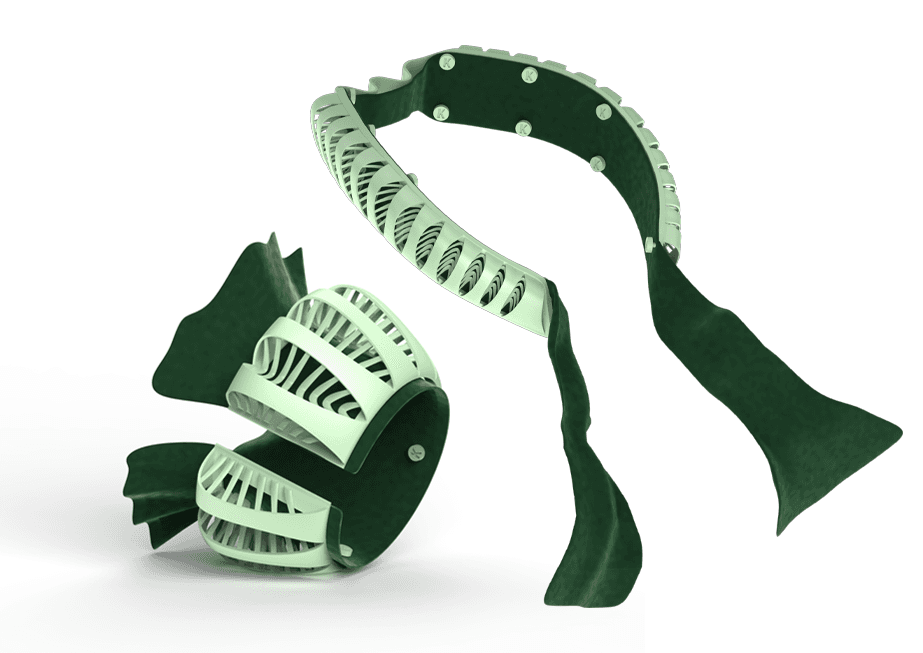Overview
Gestina was conceived during a 5-day workshop lead by De'Longhi as part of PoliMi's workshop week, in collaboration with teammates Jorge Martinez and Andrey Eluseev.
The goal of the workshop was to explore the Positive Design approach, or Design for Wellbeing, to envision futuristic cooking products. A key focus was also ensuring that the design seamlessly aligned with the identity of the assigned brand, in our case: De'Longhi.
This experience was truly refreshing, as it challenged us to think beyond traditional pain-point-driven design and explore new perspectives. This shift in approach provoked unexpected insights, pushing the boundaries of our creativity.
It was a pleasure to work once again with De'Longhi, learning from one of the leading companies in the coffee industry and broadening my understanding of innovative design processes.

A New Way of Cooking
De'Longhi Gestina immerses users in a new, dynamic cooking experience, that is more communicative and fun. By seamlessly integrating motion-tracking technology with Italy’s rich heritage of communicating through hand gestures, it transforms the kitchen into a more intuitive, stimulating, and magical space.

Interviews
After 2 days of different exercises and theoretical lectures, our story really begun with the user interviews, where our aim was to not only understand cooks, but most importantly their positive stories and motivations. The spark that makes them love cooking so much.

By talking to a different variety of cooking enthusiasts, and carefully diving into their worlds, we could create a map with different backgrounds, habits and signature dishes. The most interesting and positive stories revealed were then analysed using the following framework.

Each story translated into new meanings, and meanings into human needs.

The main story that shapes Gestina is Agnese's use of music as a distraction when cooking alone, to make it more fun. This meant we needed to tackle users needs for Stimulation (more fun) and Security (feeling less alone).

Overview
Gestina was conceived during a 5-day workshop lead by De'Longhi as part of PoliMi's workshop week, in collaboration with teammates Jorge Martinez and Andrey Eluseev.
The goal of the workshop was to explore the Positive Design approach, or Design for Wellbeing, to envision futuristic cooking products. A key focus was also ensuring that the design seamlessly aligned with the identity of the assigned brand, in our case: De'Longhi.
This experience was truly refreshing, as it challenged us to think beyond traditional pain-point-driven design and explore new perspectives. This shift in approach provoked unexpected insights, pushing the boundaries of our creativity.
It was a pleasure to work once again with De'Longhi, learning from one of the leading companies in the coffee industry and broadening my understanding of innovative design processes.

A New Way of Cooking
De'Longhi Gestina immerses users in a new, dynamic cooking experience, that is more communicative and fun. By seamlessly integrating motion-tracking technology with Italy’s rich heritage of communicating through hand gestures, it transforms the kitchen into a more intuitive, stimulating, and magical space.

Interviews
After 2 days of different exercises and theoretical lectures, our story really begun with the user interviews, where our aim was to not only understand cooks, but most importantly their positive stories and motivations. The spark that makes them love cooking so much.

By talking to a different variety of cooking enthusiasts, and carefully diving into their worlds, we could create a map with different backgrounds, habits and signature dishes. The most interesting and positive stories revealed were then analysed using the following framework.

Each story translated into new meanings, and meanings into human needs.

The main story that shapes Gestina is Agnese's use of music as a distraction when cooking alone, to make it more fun. This meant we needed to tackle users needs for Stimulation (more fun) and Security (feeling less alone).

Ideation and Development
Our brief was given as a single phrase: Design a future object that you cook in. This meant we were not talking about small incrementations or evolution, but a big innovation, a revolution with a vision of another future. Naturally we begun brainstorming, sketching and applying some design thinking techniques.

It was not easy to let go from the natural designer problem-solving mindset. We had to reframe our thinking and expand our vocabulary to not fall into the trap of focusing into problems. After all, our objective was to understand positive moments and boost them.

By making this conscious effort to think beyond problems we could come up with new concepts, and using the funnel above, we could effectively filter out the best ideas. The goal of this process was to make sure the best concept shined through, the one that better matched megatrends, our personas, the brand identity etc.. not being influenced by our taste or liking.

The concept that survived consisted in a metaphor between a Maestro and a cook. The idea was to have a moving pan that can swirl according to the use of a magical spatula, which the user would swing in the rhythm of the song playing.
We had a good starting point, but also a few problems: the over-focus on the music side, opposed to the need it reflected (stimulation and security), the spatula not going into the pan being quite counter-intuive, and lastly, the initial shapes didn't feel De'Longhi.

Some Megatrends that guided our vision of future were, on the technological side, automated cooking, and motion tracking. Regarding experience, we were supported by online cooking, gamification and fun cooking. Our concept also meant not holding heavy pans, which proved as a plus in the inclusivity side.

De'Longhi is a company that heavily leverages on Italian culture, so we made sure to draw inspiration and learn a lot about Italy's heritage of gestures, both in cooking and speaking.
Ideation and Development
Our brief was given as a single phrase: Design a future object that you cook in. This meant we were not talking about small incrementations or evolution, but a big innovation, a revolution with a vision of another future. Naturally we begun brainstorming, sketching and applying some design thinking techniques.

It was not easy to let go from the natural designer problem-solving mindset. We had to reframe our thinking and expand our vocabulary to not fall into the trap of focusing into problems. After all, our objective was to understand positive moments and boost them.

By making this conscious effort to think beyond problems we could come up with new concepts, and using the funnel above, we could effectively filter out the best ideas. The goal of this process was to make sure the best concept shined through, the one that better matched megatrends, our personas, the brand identity etc.. not being influenced by our taste or liking.

The concept that survived consisted in a metaphor between a Maestro and a cook. The idea was to have a moving pan that can swirl according to the use of a magical spatula, which the user would swing in the rhythm of the song playing.
We had a good starting point, but also a few problems: the over-focus on the music side, opposed to the need it reflected (stimulation and security), the spatula not going into the pan being quite counter-intuive, and lastly, the initial shapes didn't feel De'Longhi.

Some Megatrends that guided our vision of future were, on the technological side, automated cooking, and motion tracking. Regarding experience, we were supported by online cooking, gamification and fun cooking. Our concept also meant not holding heavy pans, which proved as a plus in the inclusivity side.

De'Longhi is a company that heavily leverages on Italian culture, so we made sure to draw inspiration and learn a lot about Italy's heritage of gestures, both in cooking and speaking.
Brand Identity
As mentioned earlier, adhering to the brand's values and identity was of utter importance in this workshop. Even before Gestina, our first exercise of the week was to analyze Ninja, Midea and Versuni, to understand what a Brand's DNA looked like.


So when the time for execution arrived, we had to ask ourselves what it means to be De'Longhi.

By using the Brand Prism framework we could bring to light not only the physical, but the subjective elements that shape De'Longhi's DNA. We understood how they see their users, as well as how they want them to feel.

Taking from their Brand Values Pyramid, we could highlight elements that needed to speak in our design: The Art of Transformation, the obsession for technology, the charming Italian design, and more.

Most importantly, De'Longhi is a place where Tradition meets Innovation, something we couldn't forget.

Lastly we gave a second look into the brand's physical language: colors, curves, materials and interactions.
Brand Identity
As mentioned earlier, adhering to the brand's values and identity was of utter importance in this workshop. Even before Gestina, our first exercise of the week was to analyze Ninja, Midea and Versuni, to understand what a Brand's DNA looked like.


So when the time for execution arrived, we had to ask ourselves what it means to be De'Longhi.

By using the Brand Prism framework we could bring to light not only the physical, but the subjective elements that shape De'Longhi's DNA. We understood how they see their users, as well as how they want them to feel.

Taking from their Brand Values Pyramid, we could highlight elements that needed to speak in our design: The Art of Transformation, the obsession for technology, the charming Italian design, and more.

Most importantly, De'Longhi is a place where Tradition meets Innovation, something we couldn't forget.

Lastly we gave a second look into the brand's physical language: colors, curves, materials and interactions.
The Final Design
Following De'Longhi`s strategy in naming, Gestina was chosen as an Italian twist on the word "Gestures".

Composing this idea of "Easy Luxury", Gestina allows users to mix, 'sauté' or 'mantecare' their dishes in an Effortless way.

With a remarkable elegance from the "Charming Italian Design" curves, painting the picture of the Dolce Vita.

Gestina works by incrementing the tradition of cooking movements and Italian gestures with motion-tracking, allowing users to control their preparation without touching anything, in a much more fun way.

By "talking" to their pan users can feel less alone, while enjoying a more playful and stimulating approach to cooking. This enables Machine Learning to track their hand movements and have the pan replicate them using electromagnets.

With voice control to turn Gestina on, in only three steps users can now have a partner for dancing in the kitchen.

The Final Design
Following De'Longhi`s strategy in naming, Gestina was chosen as an Italian twist on the word "Gestures".

Composing this idea of "Easy Luxury", Gestina allows users to mix, 'sauté' or 'mantecare' their dishes in an Effortless way.

With a remarkable elegance from the "Charming Italian Design" curves, painting the picture of the Dolce Vita.

Gestina works by incrementing the tradition of cooking movements and Italian gestures with motion-tracking, allowing users to control their preparation without touching anything, in a much more fun way.

By "talking" to their pan users can feel less alone, while enjoying a more playful and stimulating approach to cooking. This enables Machine Learning to track their hand movements and have the pan replicate them using electromagnets.

With voice control to turn Gestina on, in only three steps users can now have a partner for dancing in the kitchen.

Conclusion
The week wrapped up with final presentations and a small exhibition, marking the end of an intense but rewarding experience. Five days may seem like a short time to design meaningful concepts, but the growth we experienced was truly impressive.
As I mentioned earlier, exploring innovative approaches has definitely expanded my vocabulary as a designer. In today’s world, there’s no longer room for focusing only on pain points.


I cannot emphasize enough how thankful I am for the De'Longhi team and supporting tutors for creating such a good environment for learning. It is visible how, despite the hard work, we could enjoy ourselves in the process.

Conclusion
The week wrapped up with final presentations and a small exhibition, marking the end of an intense but rewarding experience. Five days may seem like a short time to design meaningful concepts, but the growth we experienced was truly impressive.
As I mentioned earlier, exploring innovative approaches has definitely expanded my vocabulary as a designer. In today’s world, there’s no longer room for focusing only on pain points.


I cannot emphasize enough how thankful I am for the De'Longhi team and supporting tutors for creating such a good environment for learning. It is visible how, despite the hard work, we could enjoy ourselves in the process.




